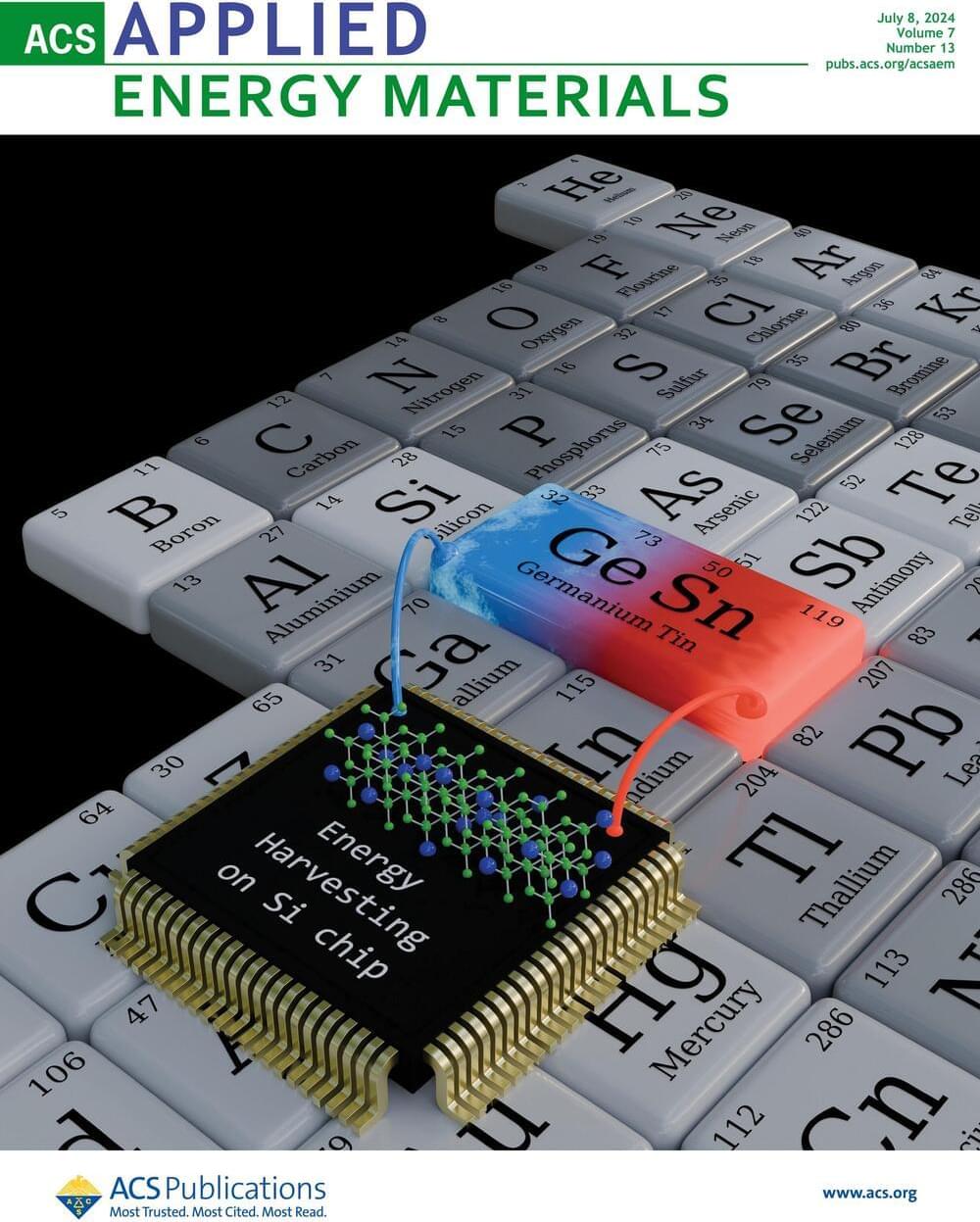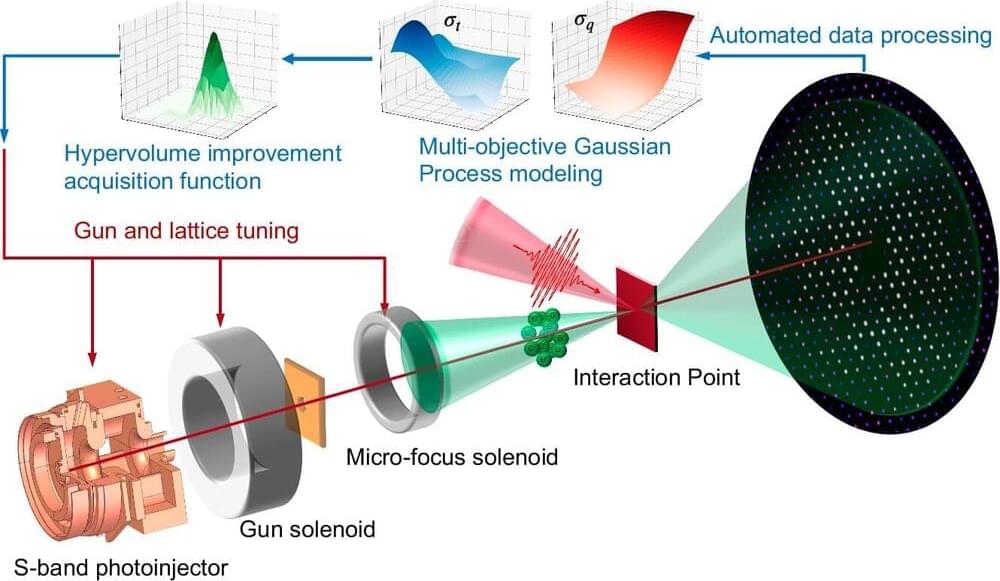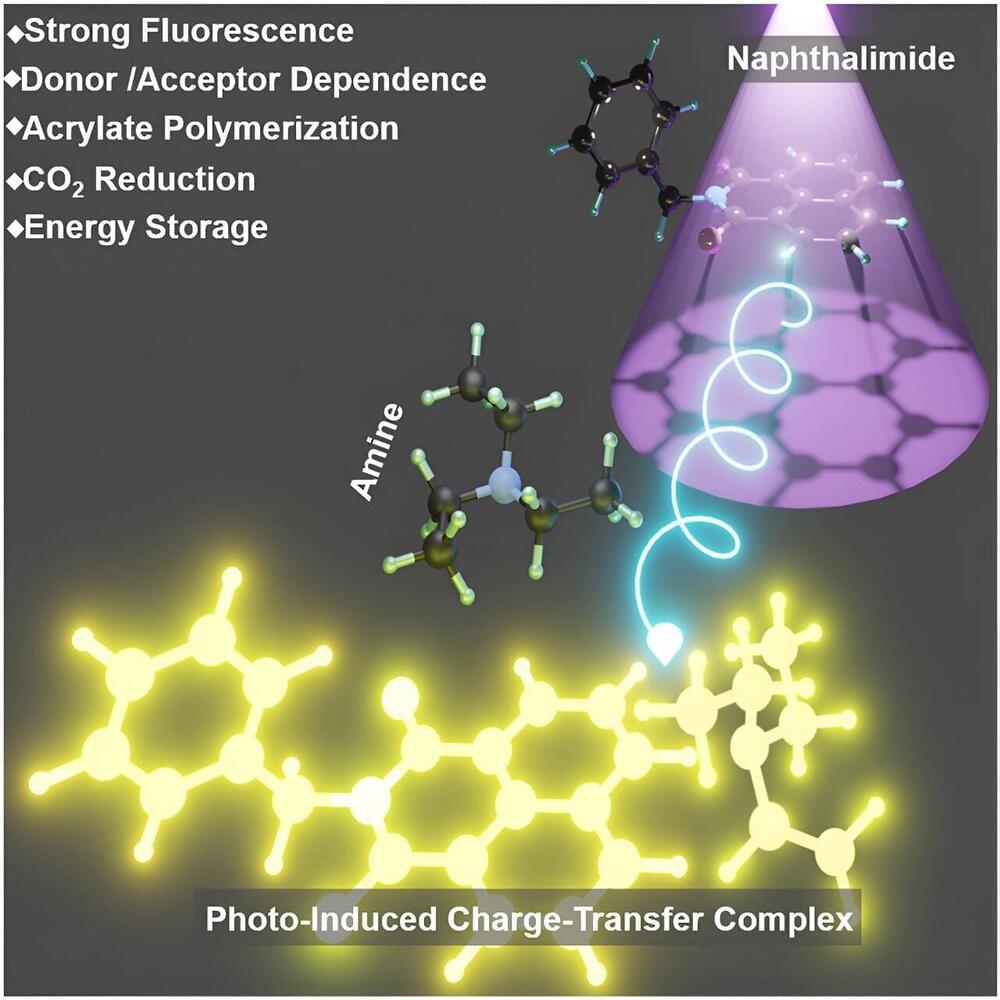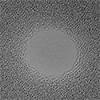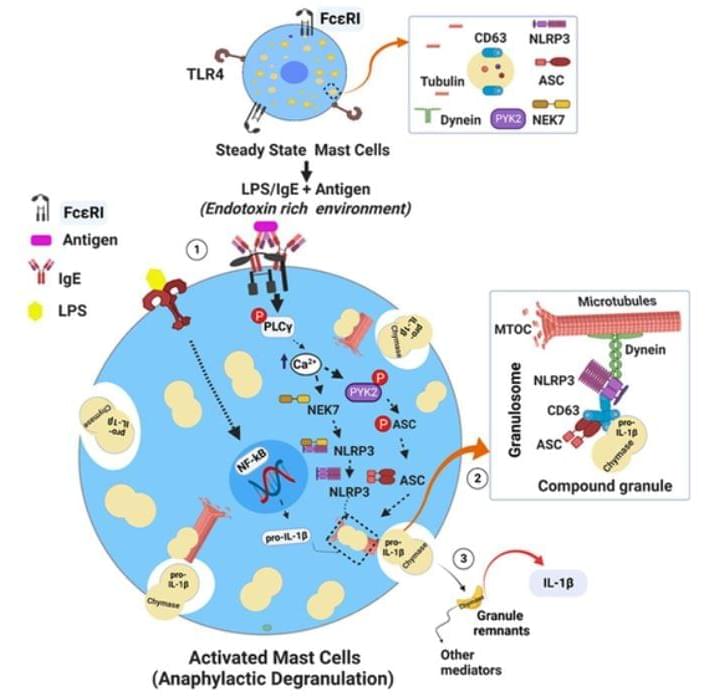Researchers from Germany, Italy, and the UK have achieved a major advance in the development of materials suitable for on-chip energy harvesting. By composing an alloy made of silicon, germanium and tin, they were able to create a thermoelectric material, promising to transform the waste heat of computer processors back into electricity.
With all elements coming from the 4th main group of the periodic table, these new semiconductor alloy can be easily integrated into the CMOS process of chip production. The research findings are published in ACS Applied Energy Materials.
The increasing use of electronic devices in all aspects of our lives is driving up energy consumption. Most of this energy is dissipated into the environment in the form of heat.
